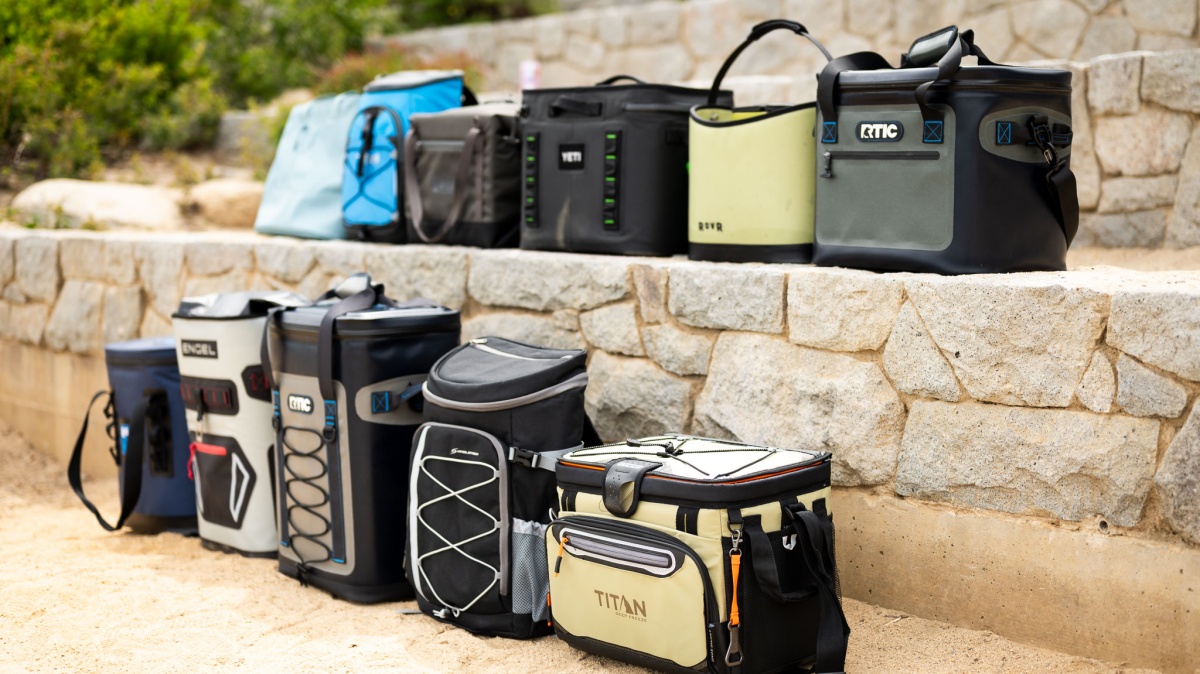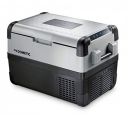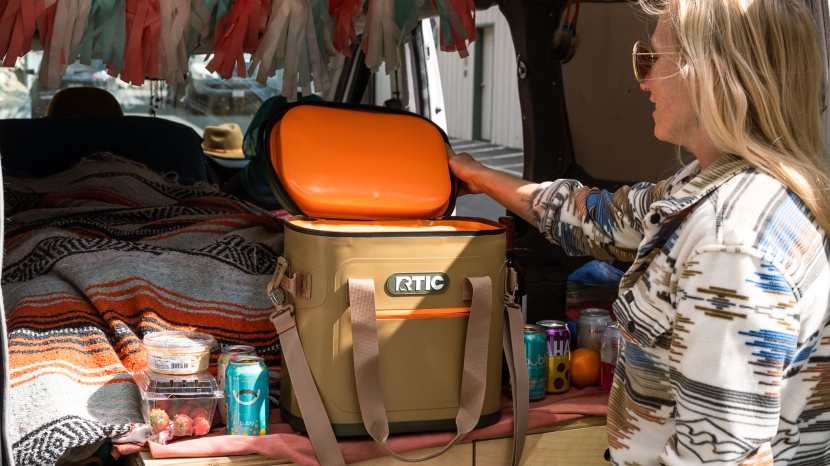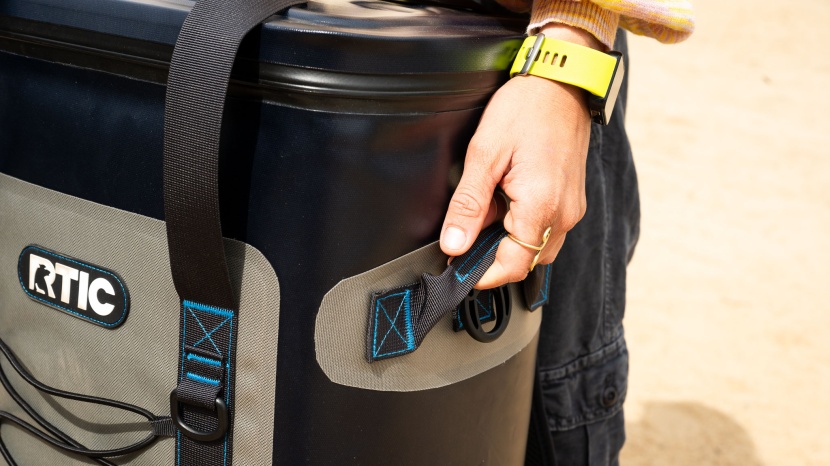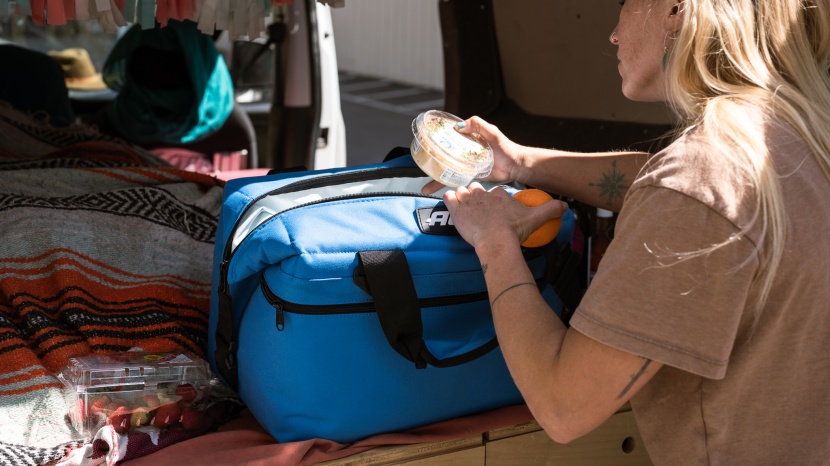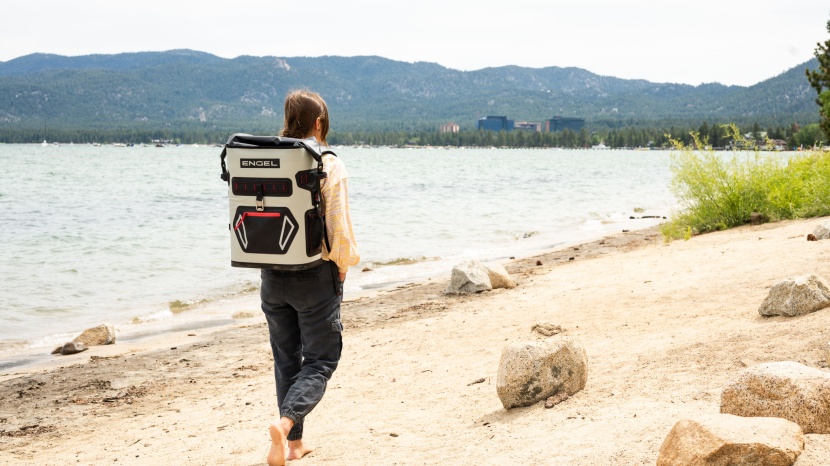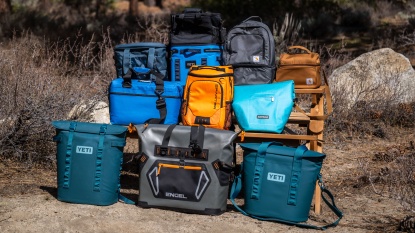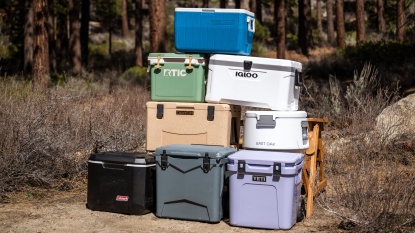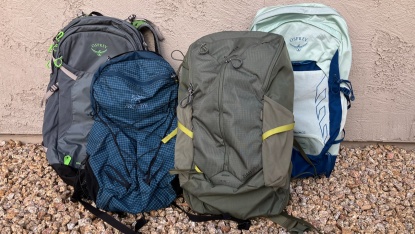Coolers used to be so simple. You either had one or you didn't, and it was basically a thick box for your food. We don't know the day, but we know the results — the market for coolers simply exploded. Today, you have the option to spend hundreds of dollars on a giant plastic trunk with handles or something that looks pretty much just like your kid's school lunch box. The sheer number - and price! - of cooler options currently available can be overwhelming. They all claim to be the next best thing, but how do you know if you really need it? We're here to help. We've researched hundreds and tested scores of models hands-on over the years. Using our collective experiences as our guide, we created this article to help you know what to look for to satisfy your individual needs in the ever-expanding cooler market. Specifically, we'll help you understand the key differences that exist among soft coolers to make your decision-making quick and painless.
What Kind of Cooler Do You Need?
A model that keeps your lunch cold is very different from one you'd want to have on a road trip. Considering what you plan to use your cooler for will help you take that first step toward selecting your new favorite food storage system. There are three main types of coolers, best used for different, but sometimes overlapping, purposes.
Soft Coolers
Soft coolers are an excellent choice for carting snacks and drinks to the beach, beers to the barbeque, or a picnic to the park. They can also be a great option for short road trips and bringing ice cream home during the summer. If this sounds like what you want a cooler for, you're in the right place.
Hard Coolers
Hard coolers are well-suited to larger groups of people and longer forays into the outdoors - as long as you don't have to carry them too far. They're a great choice for a week of river rafting, an extended weekend of camping with the family, and hosting a large backyard birthday party. If this sounds like the type of cooler you need, check out our hard cooler review.
Electric Coolers
Electric coolers are a great option for van or RV living, long summer road trips, and anyone looking to cut the cord from buying heavy bags of ice. If this describes your perfect cooler, check out our electric cooler review.
Food vs. Drinks
Food safety is a significant concern in the outdoors. Nothing will ruin your good times faster than food poisoning, which is where the right cooler comes into play. According to the FDA, raw meat, eggs, dairy products, and even certain produce should be kept at or below 40º Fahrenheit. At home, this is easy with your fridge. When heading away from home, this becomes more challenging to properly maintain with ice. As most schoolkids can tell you, ice melts at 32º F, giving you a narrow window of acceptable temperatures on a hot day. Once melted, ice water quickly warms up to not-so-icy temperatures, potentially spoiling your food. Additionally, the farther you pack food inside your cooler from the ice, the warmer it's likely to get.
As soft coolers are ideal for short trips where portability matters more, knowing that ice won't last longer than 24 hours in your cooler might not matter at all for your single afternoon at the beach. Soft coolers are unlikely to be a solution for your camping trip's day 3 sausage breakfast, and more likely to be your choice for cold beverages at a tailgate. Whatever your beverage of choice, if they are your chief concern, soft coolers are a great portable option.
If beer is your thing, you don't need to keep them as cool as the FDA recommends for food. Though different types of beers taste best at different temperatures, the American Homebrewers Association recommends around 50º F as the average ideal temperature for the widest variety of beers. If you're thinking of using your new cooler more for beverages and only a little for snacks or a quick meal, this temperature threshold is of much greater value to you. Keep your intended contents and destinations in mind as you consider the insulation value of each model we tested.
Oh, The Places You'll Go
While it's important that your cooler keeps your refreshments, well, cool, the main draw of owning a soft cooler is its superior portability over all other types of coolers. However, this means different things to different people, and don't worry - there's a cooler for that. While reading through this next section, keep an idea of where you want to go with your cooler in your head, to figure out which type will suit you best.
Messenger Bag Coolers
Like a traditional messenger bag, these models have a large strap you can throw over your shoulder for a single-sided carry to wherever you may wander. Most of them also have additional handles to carry them in other configurations, such as suitcase style or even as a two-person sling. They tend to be the biggest soft coolers, with the largest capacities and external dimensions - and often the highest prices. Many also boast some of the most impressive insulation, in both wall thickness and ice lifespan. A few are even capable of keeping perishable food at USDA approved temperatures for a whole weekend of camping or a multi-day road trip.
This extra size and capacity mean these coolers can be loaded down to supply more people. However, it also makes them some of the least portable soft coolers, as few enjoy carrying 20 cans, a group's food for a day, AND enough ice to top the whole thing off. These larger messenger bag style coolers are good options for tailgating, taking to the beach or park, boat days, road tripping, and generally supplying more things to more people over shorter distances.
Lunchbox Coolers
Typically a personal-sized item, lunchbox options are much smaller than most other soft coolers. That doesn't necessarily mean they perform any less impressively though! Typically carried easily in one hand or even over your shoulder like a purse, these mini ice chests tend to be lightweight and easy to take with you on short notice. Though some can keep raw hamburger fresh for longer than you may think, their best use is as a single person's daily caloric intake carrier or perhaps a transportation method for a handful of beverages for a couple or few friends. Many come with a lower price tag corresponding to their smaller size, but some of the most impressive options cost nearly as much as - if not more than! - their larger counterparts.
Their small size and capacity make this style optimal for keeping your lunch cool and fresh while it waits for you in your pickup cab on a hot summer day. It's also good for an impromptu picnic for yourself, bringing your favorite brew to the tailgate, or packing out a day's worth of paddling snacks in your kayak. If your favorite adventures are solo, these coolers make great companions.
Backpack Coolers
The most portable coolers of them all, the backpack ice trap, really changes the game of where you can take your food or enjoy your drinks. These bags value portability over all else, and it shows in their performance. Most have thinner, less impressive insulation but can still keep you hydrated and fed for a whole day scrambling around in the hot outdoors. As a backpack, these coolers can hold sustenance just for you or a celebratory picnic for several friends. The straps and padded areas of this style cooler make them among the most comfortable to carry over long distances, even when fully loaded. Some even have additional pockets to bring non-food items with, like your ten essentials for hiking or a book to read.
Backpack coolers are ideal for carrying your cooler a long way. They can double as handy bags for exploring a new city all day, fit behind the seat in your kayak, or accompany you on a biking adventure. If portability is what you value most, these are the coolers for you.
Usability
Beyond the insulation value and portability of your dream cooler, you'll want one that's easy to use and works for what you plan to do with it. Some of the zippered coolers pack impressive performance, but basically require zipper lubricant to function - and most don't come with it. If you plan to get a cooler with a zipper, we recommend having some accompanying lubricant on hand. However, there are a few non-zippered options that close in other ways, like roll-tops and clips, cutting the zipper out of the picture entirely. Getting in and out of your cooler is obviously a pretty important function, so choose an option that you'll be happy with, whether it's a slit zipper with end clips, and open-top zipper that flips back, or a roll-top bag with plastic buckles.
If being able to carry more than just ice and cold food is important to you, you'll want a cooler with extra pockets. Some coolers have helpful pockets that you can easily stuff extras into (like cutlery or a book), some have small pockets that can hold wine keys and trash, and others have no extra pockets at all. Certain bags come with handy features that let you leave the extras at home, like an attached bottle opener or a simple multitool.
And regardless of how many pockets it has or how much food it holds, any piece of gear you buy should be able to last through whatever adventures you choose to have. Some coolers are built to withstand years of beating, with waterproof fabric, airtight seals, and reinforced bottoms. Those coolers tend to look tougher, and often have a higher price tag to go along with that added longevity. Other coolers may save you a few bucks but are unlikely to survive through years of being dragged across rocks, dumped in the sand, or stuffed in tight spaces. But if you're nicer to your gear than we are to ours, or you plan to use your cooler only a couple times a year, this quality of construction may be enough for you and worth saving some dough.
Maximizing Insulation
No matter what cooler you ultimately decide to buy, there are a few tips and tricks that you can use that will increase how long any cooler will hold ice. Though you may not do all of these, even a few of them will help you extend the life of your adventure - and the life of your food.
- Pre-chill: All of it. Your cooler, the food or drinks you plan to fill it with, everything. You can leave the bag in a cool garage or basement, or even inside an air-conditioned room. By purchasing everything you plan to take a day early, you can chill all of it in the fridge at home, which will help your ice last longer.
- Use the right ice: If you're buying ice from a store, a block will last longer than cubes. But also takes up a lot of space in what might be a very small cooler. If you have them, reusable freezer packs will also last longer than ice and take up much less space and create less mess. If you do need to use ice, it's best to use a 2:1 ratio. That's right, double the ice compared to how much food you have.
- Protect your cooler: if you can, keep it in the shade while you're out. Under your beach chair or beneath a picnic table are both great spots. If you're trucking around a backpack cooler under the blazing midday sun, at least try to minimize the amount of time you have it open. Get out everything you need for your picnic lunch all at once rather than piecemealing throughout your feast. When you're not actively digging around your cooler for a tasty treat, keep it zipped and/or clipped closed.
Conclusion
No matter who you are or how you like to spend time outside, a cooler comes in handy for just about every adventure. We know there is an astonishing array of available options, and it's our goal to provide you with the best information out there to find the right cooler for you. We've spent repeated seasons testing and retesting old and new coolers to tease apart all their strengths, weaknesses, and differences and it's our hope that through this thorough testing, and along with this buying guide, we've helped you find your perfect cooler.

